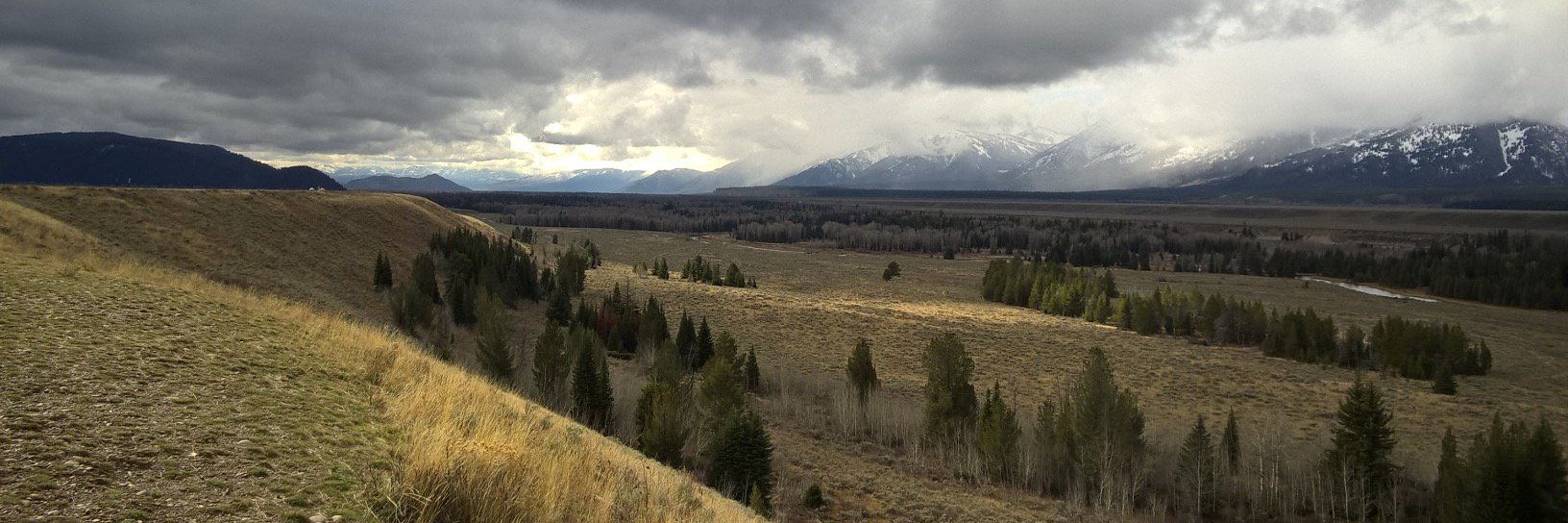
Kenan Fikri
@kenanfikri
Economic Geographer @InnovateEconomy. Opinions are my own.
The Housing Theory of Therapy I mean...there might be something to it. ft.com/content/0c628b…
EIG’s @kenanfikri reflects on a milestone moment: Opportunity Zones are now a permanent fixture of the U.S. tax code. Read his post here: linkedin.com/posts/kenan-fi…
More specifically, lower-income workers have worse access to stocks because of fewer retirement-savings options and worse access to housing markets because they struggle to get mortgages approved. [3/4]
Wealth-to-income ratios unsurprisingly rise with higher incomes (high-earning workers accumulate more wealth *per dollar of income*). In our new guest essay for The American Worker Project, economists @PavelBrendler and @kuhnmo look at which factor accounts for the trend. [1/4]
What does the passage of the One Big Beautiful Bill mean for Opportunity Zones? EIG’s @LettieriDC, @KenanFikri, and Catherine Lyons break down OZs 2.0 and what the future looks like. eig.org/opportunity-zo…
Data centers are flooding into Pennsylvania after @GovernorShapiro announced @amazon's $20 billion investment in the state. Locals in Luzerne County are fighting back. “I feel like David going up against Goliath,” a widow told me @RealClearPA. realclearpennsylvania.com/articles/2025/…
What do San Jose, CA, Austin, TX, Raleigh, NC, and Portland, ME, have in common? All four cities were heavily exposed to the China Shock, yet all are now among the most economically thriving places in the country. Why? As @ModeledBehavior writes, the answer lies in education.
The One #BigBeautifulBill made #OpportunityZones permanent. That's One Big Win for American communities. This lonely OZ evangelist explains why: linkedin.com/pulse/opportun…
In case you missed it: the "urban family exodus" has stopped, for the moment.
New from me: The "urban family exodus" is over, for now. In 2024, large declines in the number of young kids living in large urban counties stopped. But major cities are nowhere close to recovering from pandemic-era losses. 1/
👏EIG applauds Congress for making Opportunity Zones (OZ) a permanent feature of the U.S. tax code as part of the reconciliation bill. Read our statement here: eig.org/eig-hails-pass…
And with that, #OpportunityZones are a sharpie-stroke away from being enshrined a permanent part of the US tax code. This is a huge win for economic and community development, for urban vitality, for housing supply, for impact investing, for good policy. eig.org/eig-hails-pass…

Just re-emphasizing the distribution of reliance on government transfers. The transfer share of personal income runs highest in parts that are rural, old, and poor: Appalachia, the tribal Southwest, the rural South, and the northern Great Lakes. The budget will hit hard
In many places where Donald Trump is hugely popular, residents are increasingly reliant on state income transfers. The issue could fracture the Republican party. on.ft.com/4iKMvAB
The Sun Belt continues to shine. The only large urban counties in America with positive growth in the under-five population post-covid are in Florida, North Carolina, and Texas. 6/
New from me: The "urban family exodus" is over, for now. In 2024, large declines in the number of young kids living in large urban counties stopped. But major cities are nowhere close to recovering from pandemic-era losses. 1/
The Great Transfer-mation is ESSENTIAL #BigBeautifulBill reading. Government transfer payments constitute a larger share of local area income than ever before. Is that a status quo to be preserved? No, but it means the stakes couldn't be higher. eig.org/great-transfer…

Only tightening one part of the low-income community criteria distorts the map of OZ eligibility. It penalizes rural areas esp outside of the South where poverty may not be endemic, but incomes certainly lag behind. & it works counter to the other pro-rural provisions of the bill
Second, the draft's changes to a core eligibility requirement -- changing the tract-level median family income (MFI) threshold from 80% to 70% of the wider area -- will shrink the next OZ map by 20% or more, with some states seeing much sharper declines. This is unnecessary. The…
The latest Senate draft reflects both important progress and some urgent unfinished business on Opportunity Zones. A quick thread on where things stand now and what I hope happens next. 1/
This thread is policy gold - and a great primer if your priors on #OpportunityZones need an update. Chances are that what you think you know about OZs was forged before we really knew anything at all. ⬇️
Uh-oh, there’s an fundamental factual error in the headline of this post. Should I bother reading any further? Wish me luck — I’m diving in!